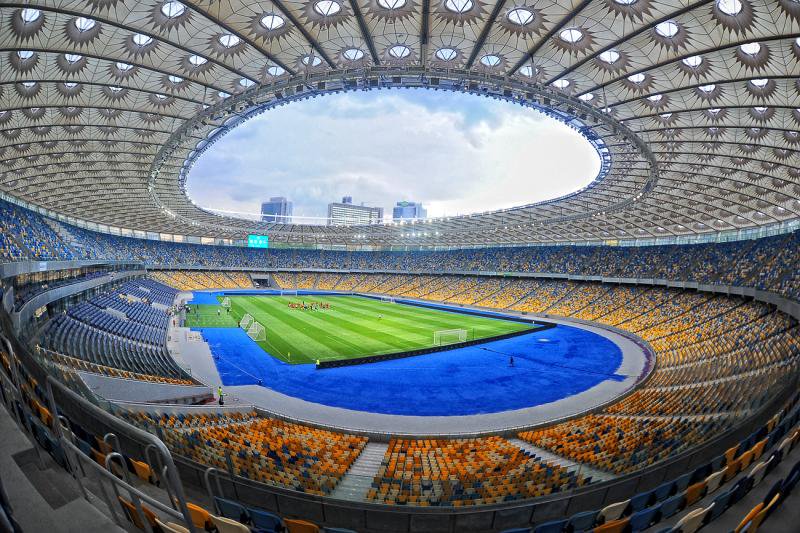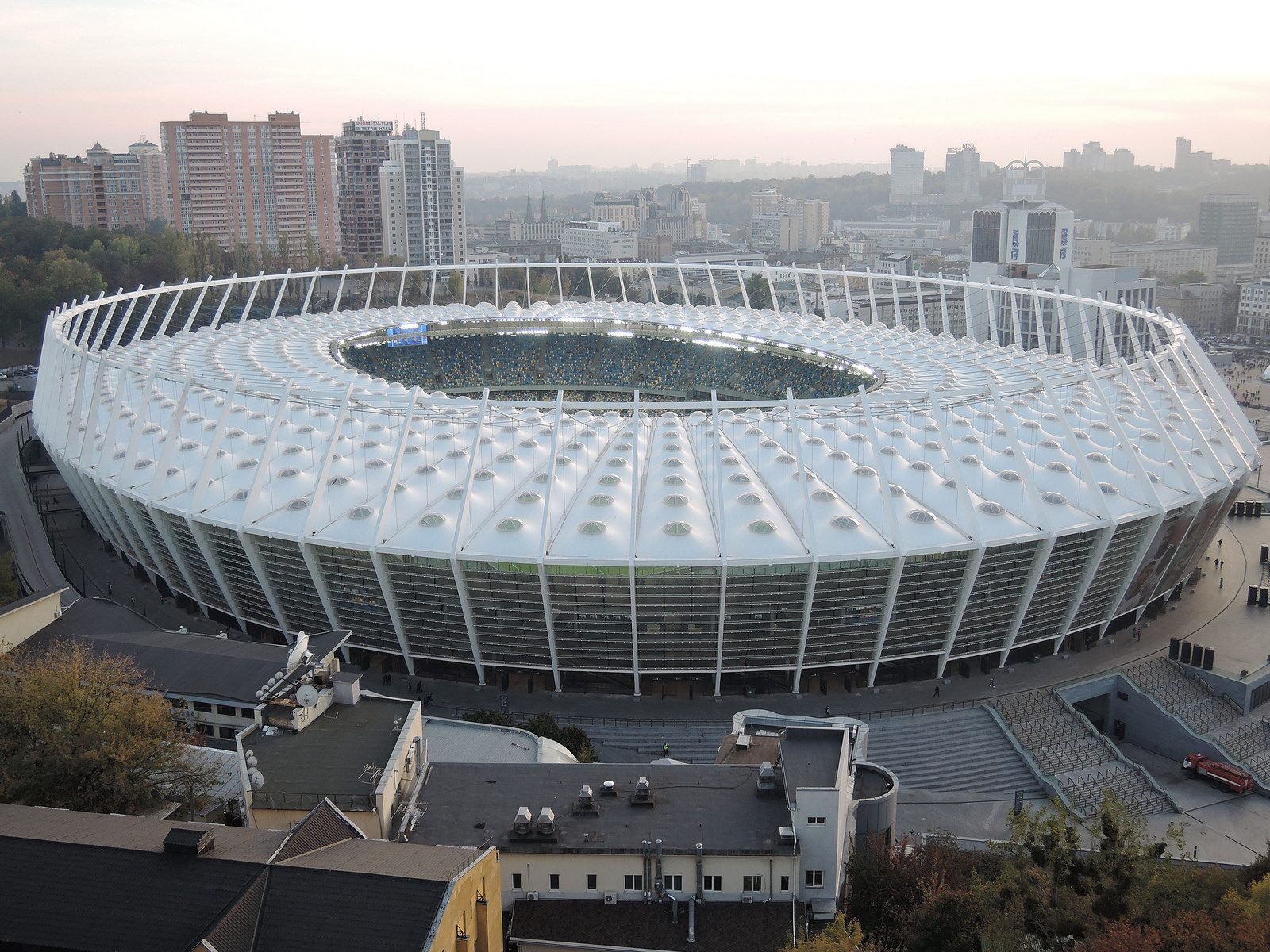
Boasting a rich and extensive history, the NSC Olimpiyskiy or 'Olympic Stadium' in Kiev is a UEFA Category 4 stadium that will host the 2017-18 Champions League final. For the people of Kiev and Ukraine, there couldn't be a more fitting way of celebrating 95 years of major sporting events taking place at the iconic venue.
As the elite European competition reaches its exciting conclusion, interest in Champions League betting and free bookmaker offers continues to grow, with the outcome much clearer. Four semi-finalists are all that remain, just one step away from the hugely prestigious final, which is often the most watched sporting event worldwide each year, thanks to every kick of every game being broadcast around the globe.

Originally completed and opened in August 1923, the first name given to this season's Champions League final venue was Red Stadium of Trotsky. However, and typical of the Soviet era, venues such as this were often renamed, usually to honour the heroes of 'Mother Russia' until the fall of communism, and the subsequent collapse of the Soviet Union in the early 1990s.
From the mid-1940s to the early 1960s, the stadium in Kiev was named in honour of one of Ukraine's Soviet-era governors, Nikita Krushchev. During other periods, the venue was simply and otherwise known as the Republican Stadium for much of its existence. This included the 1980 Olympic Games hosted by the Soviet Union, when the stadium was selected to hold six group matches and a quarter-final of the football tournament.
After Ukrainian independence in 1991 and used as the national stadium since 1996, it was renamed for the final time as the "Olympic" National Sports Complex. The Ukraine national team play their international home fixtures at the venue, while for major European matches and due to popular demand for tickets, it is also the home venue of Dynamo Kyiv in Champions League and Europa League encounters, given their own 16,873-capacity Valeriy Lobanovskyi Dynamo Stadium is too small.

Having undergone a variety of reconstructions and facelifts throughout its history, the venue has also received major investment and upgrades since the 1990s, the most impressive of which took place prior to Poland and Ukraine jointly hosting the UEFA Euro 2012 tournament. Fans were enthralled as an all-conquering Spain side crushed Italy 4-0 in the final at the NSC Olimpiyskiy, in front of a capacity 70,050 crowd, in one of the highest UEFA rated stadiums in Europe.
For the 2017-18 Champions League final, the venue will host a maximum capacity of 63,000 seats. The finalists will each receive an allocation of 17,000 tickets for their fans, with 6,700 going on worldwide sale between 15th and 22nd March via UEFA.com, ranging from €70 to €450 in price. The remainder of tickets will be distributed amongst UEFA national associations, commercial partners and broadcasters, plus the European association's corporate hospitality schemes.
Tony Incenzo has been to over 2,000 football grounds - is he the world's barmiest football fan? Read about his love for Non-League football and groundhopping obsession, including watching a match in prison!
23 interesting things to do to pass the time until the football season restarts
An in-depth look at the biggest football attendances ever recorded, from the 1950 World Cup to pre-season friendlies in the States and the Scottish ground with dozens of 100,000+ attendances
The 91 biggest football stadiums in Europe. From Manchester to Munich, Villa Park to Valencia - each one with a capacity over 40,000
